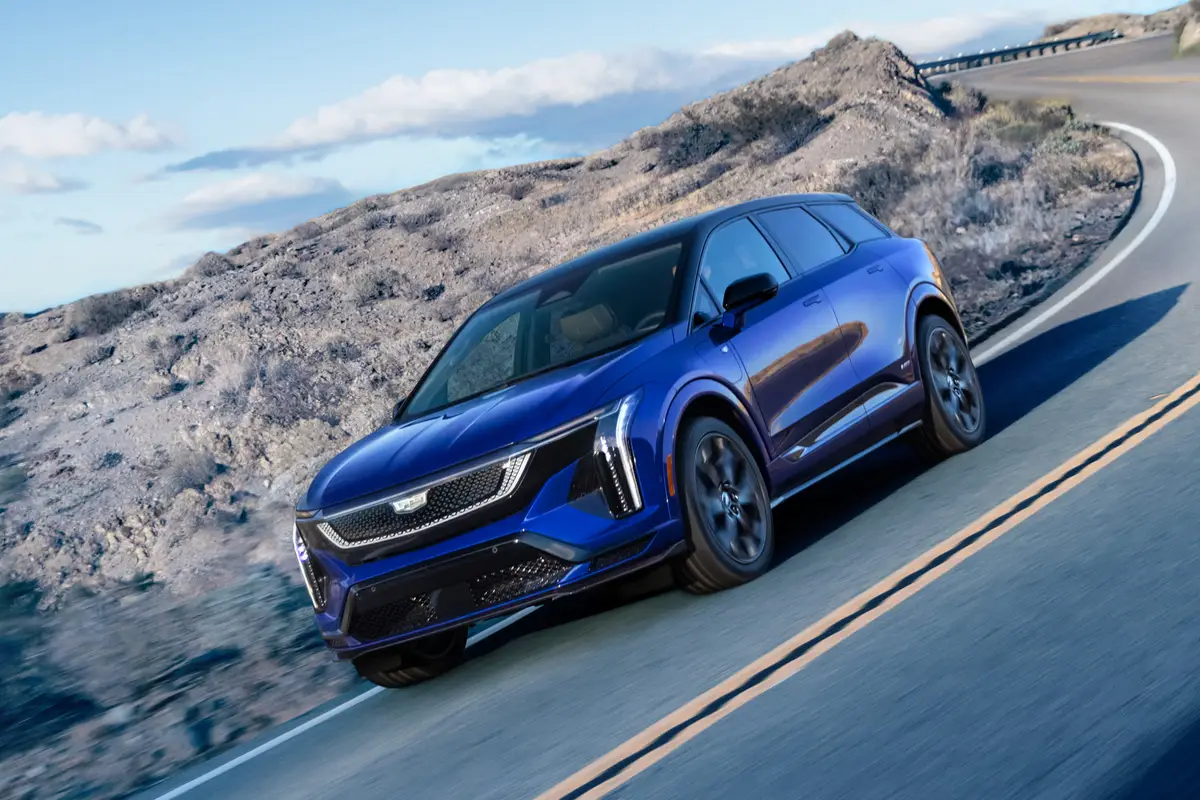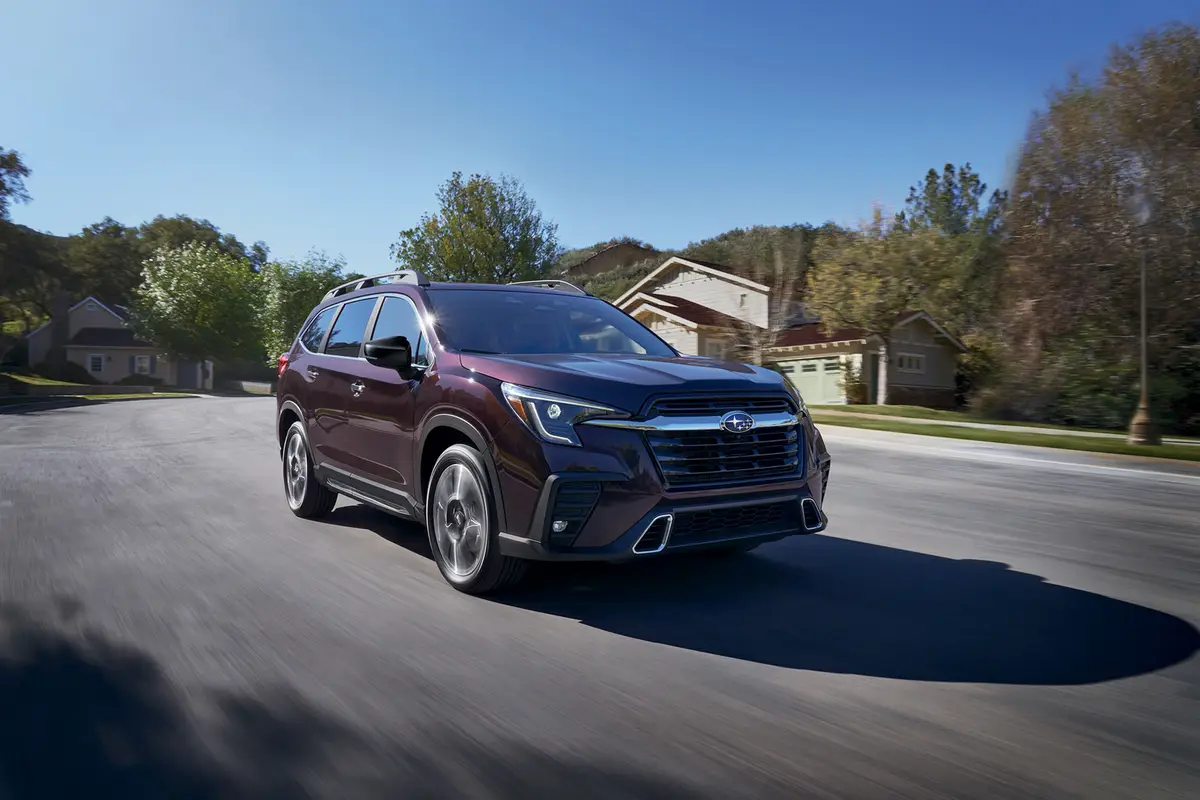chicagotribune.com's view
Same dimensions, same engines, same transmissions, same just about everything. Yet the 2001 Chrysler Sebring coupe feels and acts differently than its cousin Dodge Stratus.
For 2001 DaimlerChrysler consolidated names so the Dodge Stratus sedan and Avenger coupe are both called Stratus while the Chrysler Cirrus sedan and Sebring coupe are both called Sebring.
Had DaimlerChrysler solicited our vote, we would have cast a ballot for keeping Avenger and abandoning the Stratus moniker on the 2001 Dodge coupe for 2001.
Getting rid of Cirrus, however, was a good move because it was a dud more likely to be offered by General Motors than by D/C.
But the Avenger name had pizzazz while Stratus has a lot of plain zzzzz.
But we digress.
Like its Stratus cousin (Cartalk, Sept. 10), the Sebring coupe has been redesigned for 2001 and now sports a more aerodynamic, slender shape complemented by what some call a Ferrari-like grille. It’s a styling head turner from a company known for setting the standard for design.
“Sebring and Avenger had been known as tame vehicles in a bland and boring segment of the market dominated by imports–Toyota and Honda,” said Tom Marinelli, vice president of the Chrysler/Jeep brand center, which puts him in charge of Chrysler/Jeep marketing.
“We found with the Plymouth Prowler and even the Dodge Ram pickup truck that consumers want more styling expression and expect more emotional, exciting designs from us. Look at the Ram truck. When we redesigned it, our share went from 5 percent to 21 percent of the full-size pickup market. With the new Sebring and Stratus coupes we have more expressive designs to appeal to import intenders,” Marinelli said.
When it comes to import intenders, have to admit the Toyota Camry and Honda Accord coupes hardly get the juices flowing.
We tested the 2001 Sebring LXi coupe with 3-liter, 200-horsepower V-6 that replaces the 2.5-liter, 163-h.p. V-6 that made the old Avenger as bland performing as the Camry and Accord coupes are bland looking.
The V-6 is smooth, quiet and a lot more potent than the engine it replaces, though keep in mind that Sebring is more of a luxury coupe rather than a sports coupe. The V-6 is alert and lively and moves quickly from the light without hesitating, but alo ng about third gear you realize the 20 m.p.g. city/28 highway rating takes priority over any zero- to 60-m.p.h. times.
The 5-speed manual is so smooth, the 3-liter V-6 so quiet, the aero shape of the sheet metal so resistant to air turbulence and therefore so quiet, you have the perception of moving faster than you are.
In addition to the new 3-liter V-6, the base 2-liter, 140-h.p. 4-cylinder has been replaced by a 2.4-liter, 147-h.p. 4.
We would have liked to experience Sebring with optional 4-speed automatic, but automakers tend to load their test fleet cars with manuals so the so-called buff books won’t refuse to drive them. Automatic runs $825 for a traditional 4-speed, $990 if you opt for Autostick, a 4-speed automatic with clutchless manual added. Stratus offers only Autostick for those wanting an automatic. Ironically, a 4-speed automatic is standard if you choose the base model Sebring with the 2.4-liter 4.
By the way, the 5-speed manual co mes with clutch starter interlock, which means if you hop in the car, forget it’s a manual and turn the key without depressing the clutch, the engine won’t start. If you own more than one car and the other is an automatic, keep that feature in mind before calling the motor club for a battery jump for the Sebring 5-speed when it doesn’t start.
Where the top-of-the-line Sebring LXi differs the most from the top-of-the-line Stratus R/T we tested is in ride and handling.
The Stratus R/T comes with a performance-tuned handling suspension with firmer ride and tighter cornering while the Sebring LXi comes with a touring suspension with a softer, but thankfully not too cushy ride and a little more lean in corners.
The suspension was tweaked on both to give each a distinct character. Stratus is the performance model, Sebring the luxury cruiser.
Stratus focuses on sure-footed handling with 17-inch performance radials; Sebring on pleasant, comfortable ride and long-distance relaxed motoring with 17-inch touring radials, though you’d be even more relaxed if the seat side bolsters extended a tad farther (which also would benefit Stratus owners in aggressive maneuvers).
Noteworthy features in the Sebring coupe include a deep trunk and folding rear-seat backs to increase cargo room, though rather than a full opening between trunk and cabin, you get only a tunnel between the two that limits the size and quantity of items you can slip inside.
You get a pair of power plugs in the instrument panel, or one plug and one cigarette lighter. A pair of cupholders with space for handles are in the center console and a cupholder is built into each sidewall for rear-seat occupants.
Another nice touch is the arrow in the fuel gauge pointing to which side the fuel-filler door is located .
However, there are also annoyances, such as the huge plastic caps over the air ducts in the instrument panel that are more decorative than functional and seem to keep the full flow of air from coming into the cabin. And why so small outside mirrors?
The base Sebring LX coupe starts at $19,910 with the 2.4-liter, 4-cylinder and 4-speed automatic. The Sebring LXi coupe we tested with the 3-liter V-6 and 5-speed manual starts at $21,475.
Standard equipment includes air conditioning, AM/FM radio with cassette and CD player, power windows, power locks, speed control, tilt steering, vanity mirrors in the sunvisors, keyless entry with panic alarm, front and rear floor mats, remote trunk lid release, fog lamps, tinted glass, body-colored power mirrors, electric rear-window defroster, body-colored side moldings, intermittent wipers and four-wheel disc brakes.
Options included a leather interior group with a six-way power driver’s seat and universal garage door opener for $1,045; a power sunroof for $685; 17-inch chrome wheels for $750; and four-wheel anti-lock brakes for $565.
Traction control is optional, but only after you buy automatic transmission at $825, which makes you eligible to get traction control/ABS for $740. That brings the simple addition of traction control to more than a $1,500 expense.
One option that would be nice, but isn’t offered, would be a side access door on the driver’s side like the one on the Saturn coupe.
Rear-seat entry/exit is made easier on the passenger’s side. Lift the handle along the bottom of the passenger seat, and the seat slides forward for fairly easy entry in back. And the front passenger’s shoulder belt is out of the way so you don’t have to hurdle it to get in. Once in back, you’ll find good head, arm and leg room, but a little tight knee room.
But it would be nice to have an access panel on the driver’s side to toss the duffel bag or dry cleaning or packages in back more easily than going around to the passenger’s side.
The Sebring coupe will be joined by a redesigned con vertible in January or February.
The convertible will be powered by a 2.7-liter, 200-h.p., 24-valveV-6 with Autostick as standard. It also gets a new power-top system in which all four windows motor down automatically when the top is lowered, as well as ABS Plus, an anti-lock brake/traction/stability control system that senses braking in turns and controls lateral movement in full and partial braking situations.
The convertible gets the D/C built 2.7-liter V-6 because it is produced at D/C’s Sterling Heights, Mich., plant while the Sebring/Stratus coupes get the 3-liter Mitsubishi built V-6 offered in the Eclipse because they are built at the Japanese automaker’s plant in Normal, Ill., along with Eclipse and Galant.
2001 Chrysler Sebring LXi coupe
Wheelbase: 103.7 inches
Length: 190.2 inches
Engine: 3-liter, 200-h.p., 24-valve V-6
Transmission: 5-speed manual
Fuel economy: 20 m.p.g. city/28 m.p.g. highway
Pluses: Peppier V-6. Smooth, quiet ride and nimble handling. Above average mileage. Luxury styling. Good selection of standard equipment. Host of power plugs/cupholders. Rear-seat backs fold for added cargo room.
Minuses: Small mirrors. Seats wide but not real supportive for long-distance travel; with rear seats down the opening from trunk to rear cabin is rather narrow. Side access door like on Saturn coupe would be nice.
Latest news



